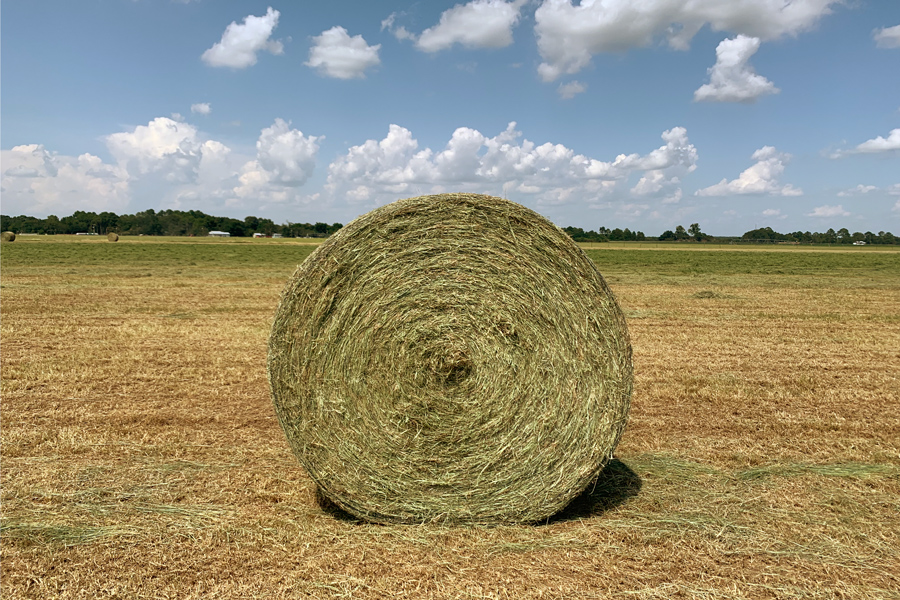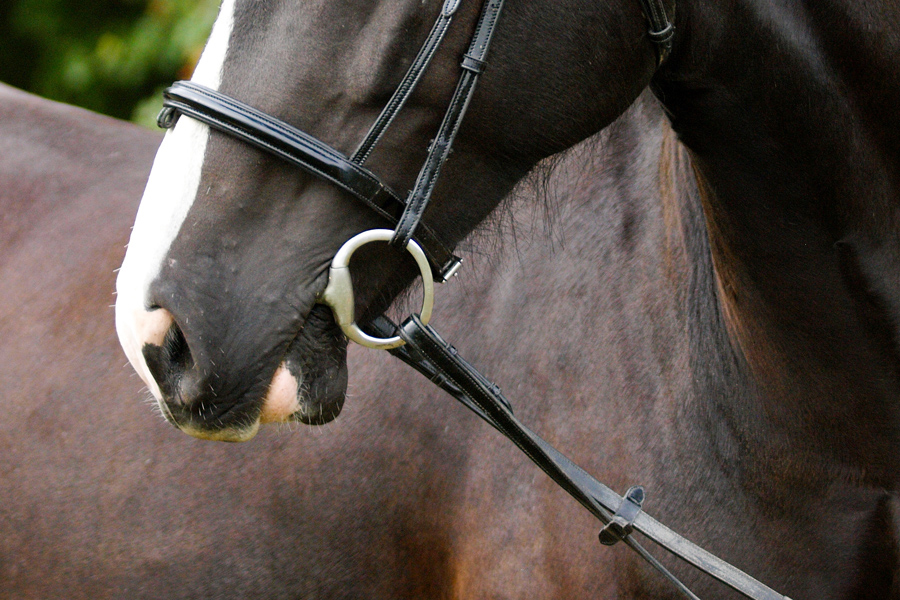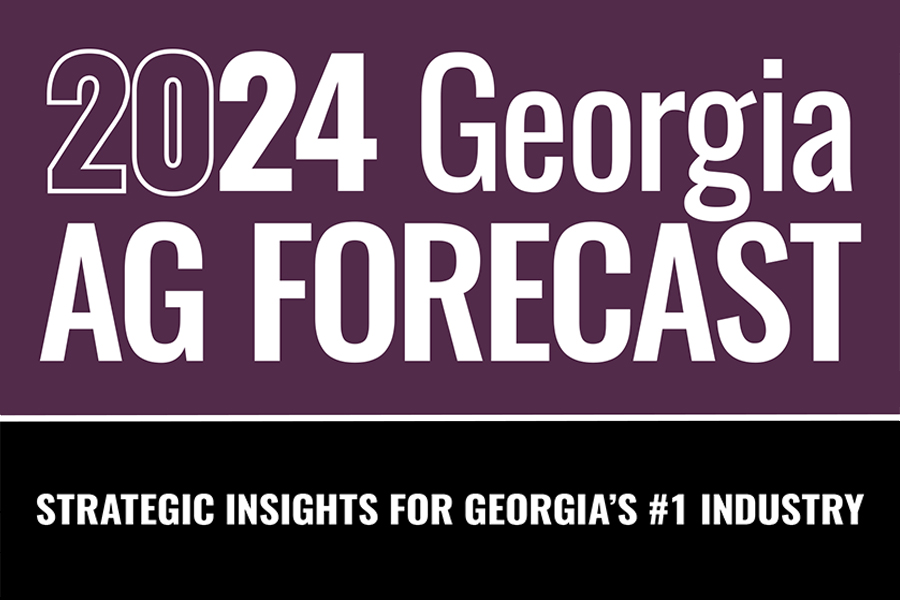Animal Production
-

This circular is useful for anyone working directly with livestock producers on interpreting and using forage reports. It also provides a “checklist” for taking forage samples from hay or baleage bales. It summarizes how to properly collect a forage sample, read the basic components of the lab’s report, and use the report for developing a basic feed plan.
Lawton Stewart, Jennifer J. Tucker, and Lisa Baxter
|
-

Human campylobacteriosis and salmonellosis are two of the most commonly reported gastrointestinal infections worldwide and poultry meat has been identified as the main source of infection. Controlling pathogen colonies of public health concern such as Salmonella and Campylobacter in poultry flocks on the farm is critical for a successful overall food safety program. Biosecurity on the farm can contribute significantly to reducing the potential for Salmonella and Campylobacter colonization in broilers.
Harshavardhan Thippareddi and Manpreet Singh
|
-

B 1379
Bits 101
Bit selection is a critical area of consideration for riders of all disciplines and levels. For many horse enthusiasts, lack of knowledge about bit types and functions, as well as common misconceptions held in the horse industry, can make choosing an appropriate bit a difficult process.
Kylee Jo Duberstein
|
-

SB 48-03
Animals and Honey Bees
This section of the Home & Garden Edition covers external parasite control in companion animals, flea control products, and honey bee disease and pest control. Beginning in 2022, the Home & Garden Edition has been updated biennially. When purchasing a product based on a first-year recommendation of the Handbook, check the current product label before purchase to be sure it is still labeled for the use for which you are buying it. For pesticide products you have on hand from earlier purchases, you are allowed to use them until they are depleted without penalty under the law. Always follow label instructions before use. Contact the product’s manufacturer for the most up-to-date label.
Keith S Delaplane, Nancy C. Hinkle, and Allison Faye Johnson
|
-

SB 48-04
Aquatic Environments
This section of the Home & Garden Edition covers external parasite control in aquatic environments, including fishery chemicals, aquatic weed control, response to herbicides, restrictions, and calculating concentrations in aquatic environments. Beginning in 2022, the Home & Garden Edition has been updated biennially. When purchasing a product based on a first-year recommendation of the Handbook, check the current product label before purchase to be sure it is still labeled for the use for which you are buying it. For pesticide products you have on hand from earlier purchases, you are allowed to use them until they are depleted without penalty under the law. Always follow label instructions before use. Contact the product’s manufacturer for the most up-to-date label.
Gary J. Burtle, Jay Shelton, Allison Faye Johnson, and Braxton Grey Crews
|
-

AP 130-2-08
2024 Beef Cattle Outlook
1. The beef cattle outlook is positive in 2024. Tight supplies and stable consumer demand are expected to push cattle prices higher in the year ahead.
2. Risks come from the demand side if U.S. consumers are uninterested or unable to pay for higher-priced beef. Additionally, input cost uncertainty may squeeze margins.
3. Overall, beef cattle prices are expected to move higher year-over-year throughout 2024.Ben Campbell and William Secor
|
-

AP 130-2-07
2024 Poultry Outlook
1. The broiler chicken outlook in 2024 is neutral to positive; consumer demand should remain steady and feed costs should decrease.
2. Risks to the chicken outlook include significant HPAI outbreaks and expensive housing.
3. Baseline chicken prices are expected to be similar to 1-year-ago levels. Production uncertainty is the main driver of price uncertainty for 2024.Ben Campbell and William Secor
|
-

AP 130-2-09
2024 Dairy Outlook
1. The outlook for 2024 is an improvement over 2023 as feed costs should decline and milk prices remain at similar levels in 2024.
2. Risks remain as improved margins may spur a strong production response and demand growth is uncertain both domestically and overseas.Ben Campbell and William Secor
|
-

Beef cattle evaluation is important for all segments of the cattle industry. Visual evaluation allows you to compare animals not only for various economically viable traits, such as growth performance and potential carcass merit, but also for traits that are indicators of functionality in each production environment, such as skeletal structure. These traits are often difficult to quantify and are commonly considered convenience traits as they do not have a direct impact on income. Still, traits such as these can have a significant management and economic impact across multiple generations of offspring.
This publication is intended to help the reader develop visual evaluation skills for cattle with particular emphasis on breeding cattle. Visual evaluation combined with industry best management practices is key to overall success in selecting quality replacements.
Jason Duggin and Dylan Davis
|